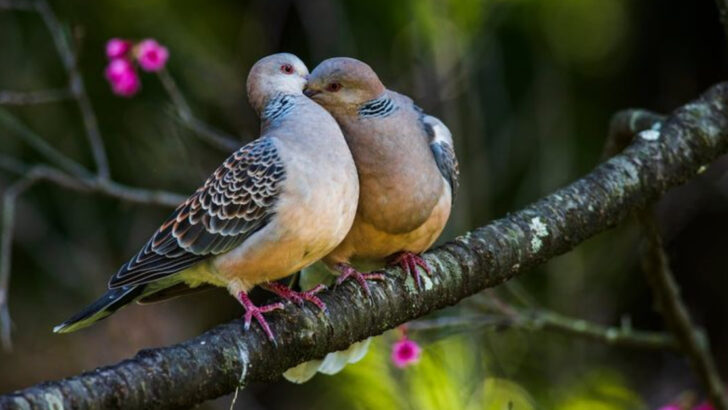They won’t go out with a bang—just silence. Across skies and treetops, hundreds of bird species are quietly slipping toward extinction. No fanfare. No headlines. Just fading songs and empty nests. A new global study warns that over 500 bird species could vanish by 2125. That’s more than three times the number lost since the 1500s. Some are familiar faces—puffins, turtle doves—while others are rarely seen, but all play critical roles in the ecosystems they call home. This isn’t just a bird problem. It’s a warning flare for us all. These species are indicators—of climate shifts, habitat loss, and collapsing biodiversity. If we don’t act now, we risk trading morning birdsong for eerie stillness.
Puffins
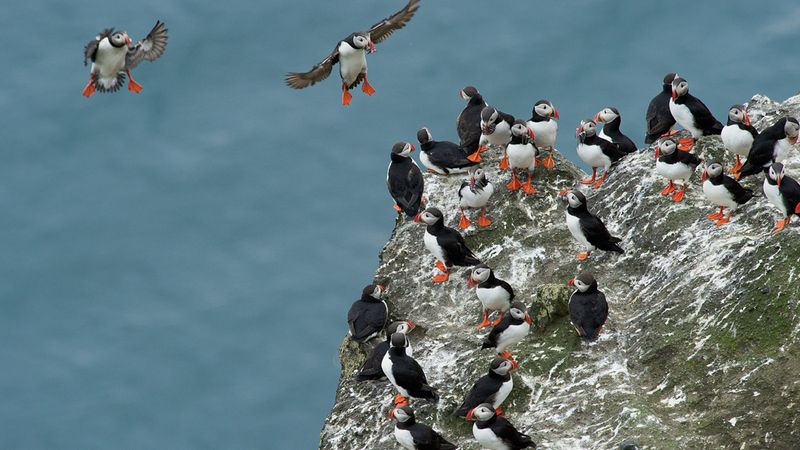
With their striking beaks and endearing waddle, puffins captivate bird enthusiasts worldwide. These seabirds are now facing the threat of disappearance. Historically, puffins have been symbols of resilience, nesting in the harsh climates of the North Atlantic. However, changes in sea temperature and overfishing have drastically reduced their food supply.
Did you know puffins can dive up to 60 meters underwater to catch fish? Despite their adaptability, conservationists warn that without urgent efforts to restore their habitats and manage fisheries, puffins may soon become a distant memory.
European Turtle Doves
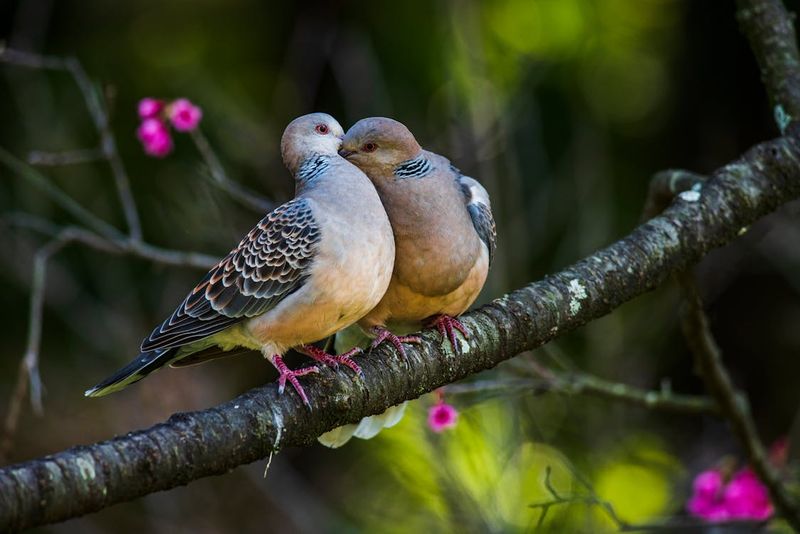
Known for their gentle cooing, European turtle doves are symbols of peace and love. Sadly, their numbers are dwindling at an alarming rate. Habitat loss due to agricultural expansion and illegal hunting pose significant threats.
These doves embark on incredible migrations across continents, yet find fewer safe havens each year. Did you know their name draws from their turtle-like purring? Without immediate action, including habitat protection and hunting regulations, these elegant birds might only serenade us from the pages of history books.
Great Bustards
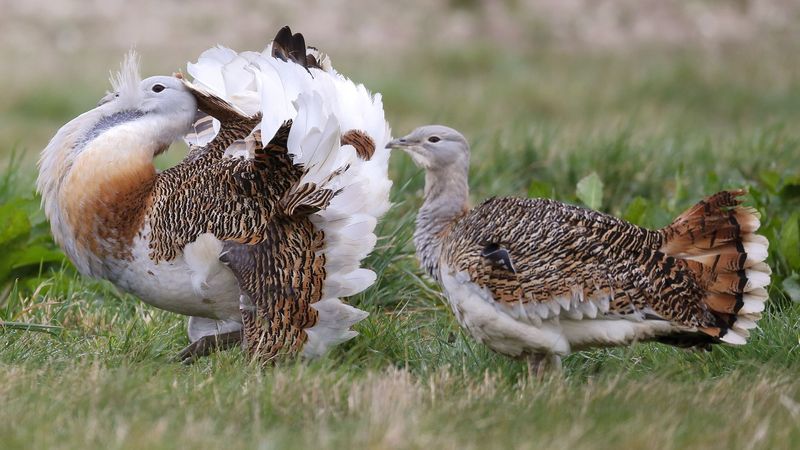
Among the heaviest flying birds, great bustards are a sight to behold during their elaborate mating displays. Unfortunately, these magnificent creatures face an uncertain future. Agricultural practices and habitat fragmentation have severely impacted their numbers.
Did you know that male great bustards use their white plumage to attract females from miles away? Conservation efforts are crucial to preserve the grasslands they call home. Without these interventions, the great bustard’s courtship rituals may vanish, leaving a void in the natural performances of our ecosystems.
Kakapos
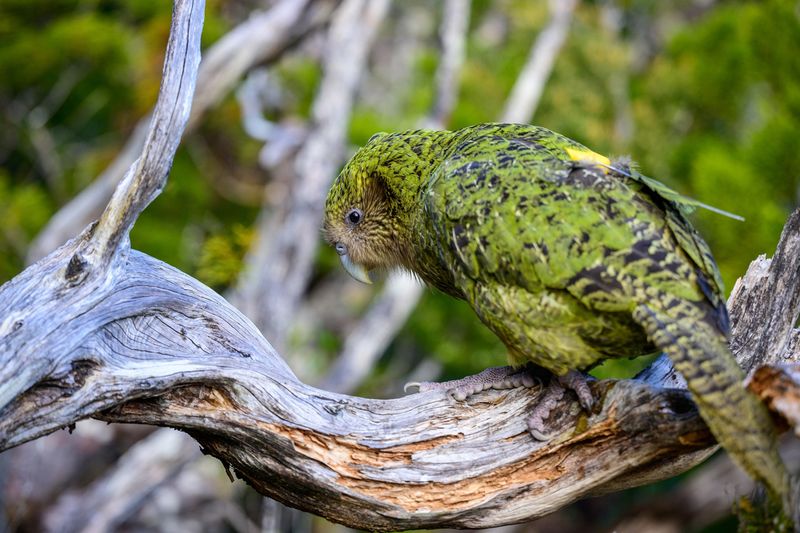
Imagine a bird that cannot fly yet has captivated the world with its story of survival. The kakapo, a nocturnal parrot from New Zealand, fits this description. Once abundant, these unique creatures are now critically endangered.
With fewer than 200 individuals left, conservationists have undertaken intensive measures, including predator control and captive breeding. Did you know kakapos are known for their booming mating calls that can resonate across valleys? Without continued support, the eerie silence of their absence could echo through their native forests.
California Condors
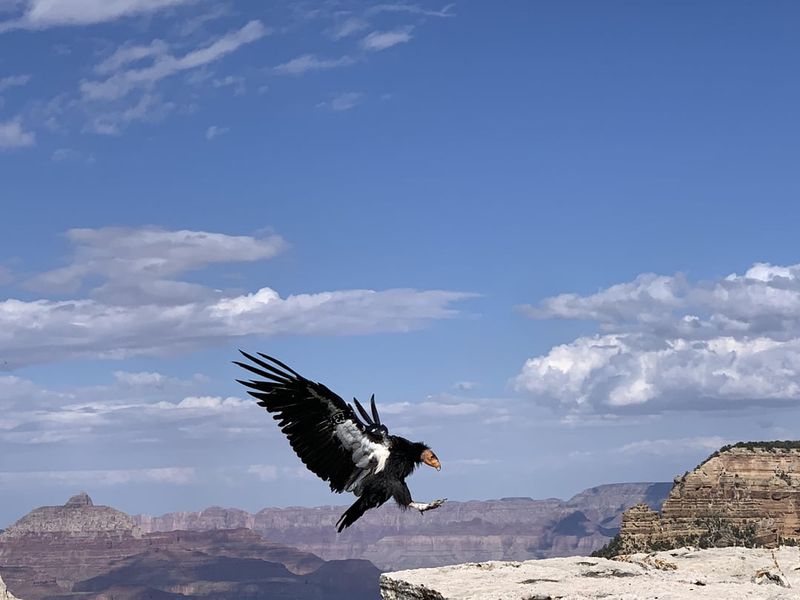
The sight of a California condor soaring through the sky is breathtaking, yet rare. With wingspans reaching over nine feet, these birds were once on the brink of extinction. Thanks to intensive conservation efforts, their numbers have slowly increased.
Did you know condors can live for over 60 years? Yet, lead poisoning and habitat destruction remain significant threats. Continued conservation efforts are essential to ensure that the skies remain home to these majestic creatures rather than becoming mere legends.
Spix’s Macaws
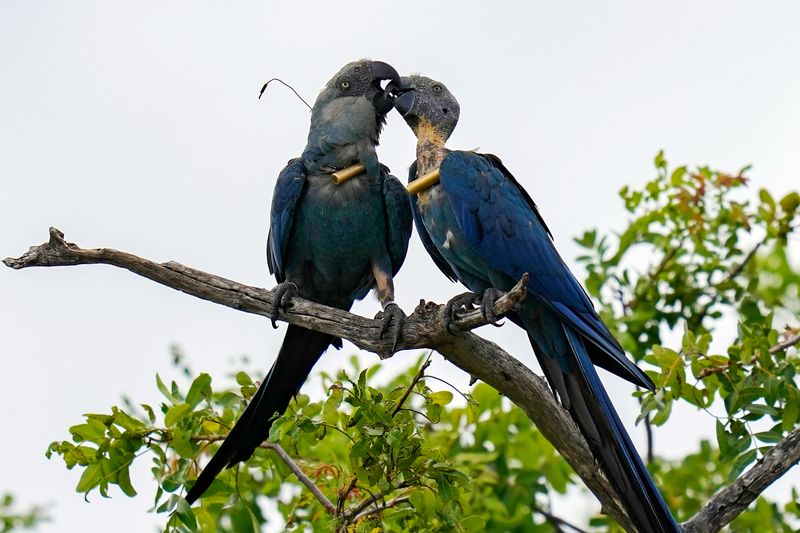
The vibrant Spix’s macaw once inspired stories with its striking blue feathers. Native to Brazil, these parrots are now mostly found in captivity, victims of habitat loss and the illegal pet trade.
Did you know the Spix’s macaw was declared extinct in the wild in 2000? Efforts are underway to reintroduce them through captive breeding and habitat restoration. The success of these programs could bring the Spix’s macaw back to its natural habitat, a rare and hopeful story in conservation history.
Yellow-eyed Penguins
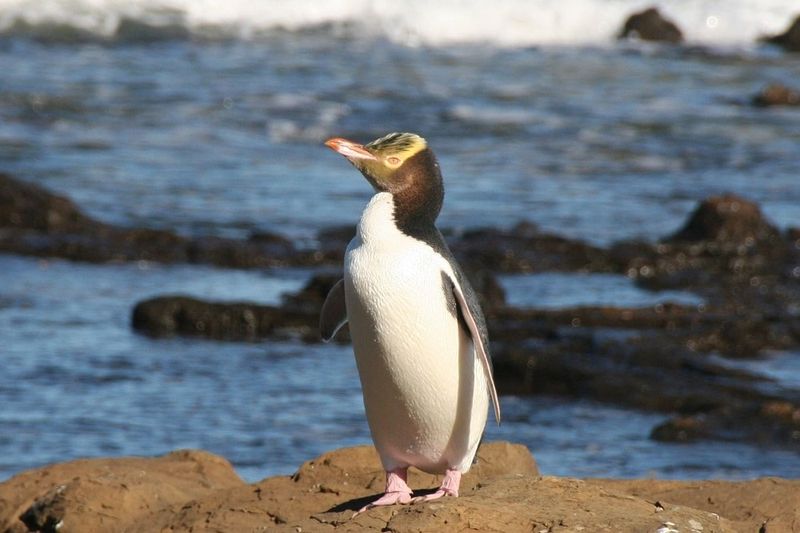
Endemic to New Zealand, yellow-eyed penguins, or hoiho, are one of the world’s rarest penguin species. Their striking yellow eyes and unique call make them a favorite among bird watchers.
Sadly, introduced predators and habitat destruction threaten their survival. These penguins are known for their solitary nature during breeding, unlike other penguin species. Conservationists are focused on predator control and habitat protection to ensure these penguins can continue to waddle along New Zealand’s shores.
Bali Mynah
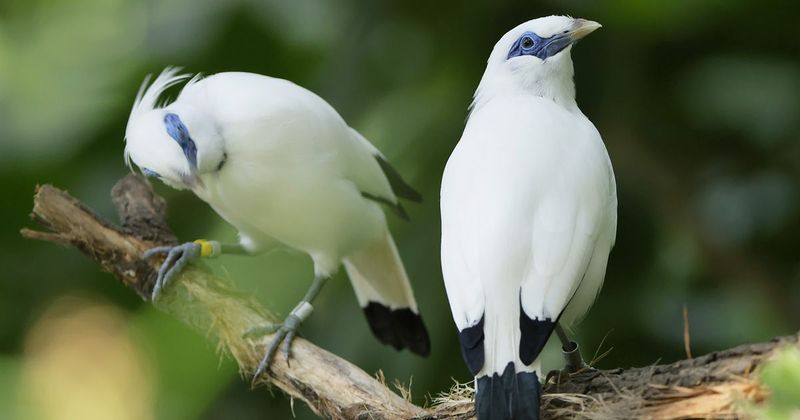
The Bali mynah’s striking appearance is matched only by its perilous status. This beautiful bird, endemic to Bali, is critically endangered due to illegal poaching and habitat loss.
Known for their melodious calls, these birds were once common sights in Bali’s forests. Now, conservationists are racing against time to protect the remaining populations. Did you know the Bali mynah is considered a symbol of Bali’s natural beauty? Without intervention, this symbol might fade into obscurity.
Philippine Eagles
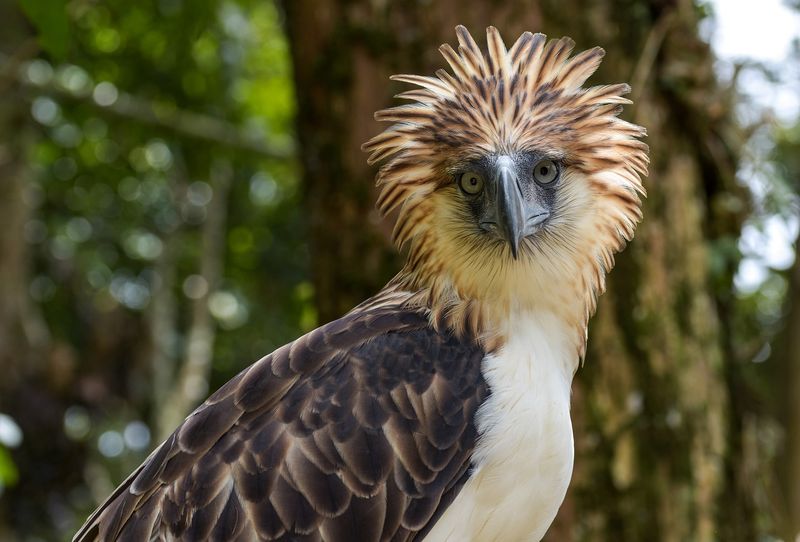
Regarded as the national bird of the Philippines, the Philippine eagle is a symbol of strength and power. Yet, this magnificent raptor faces extinction due to deforestation and hunting.
These eagles are known for their incredible hunting skills and striking appearance, with a wingspan that commands respect. Conservation efforts focus on habitat protection and breeding programs to ensure their survival. Did you know it’s among the world’s largest eagles? Without these efforts, the Philippine eagle’s majestic presence may soon be confined to cultural lore.
Northern Bald Ibises
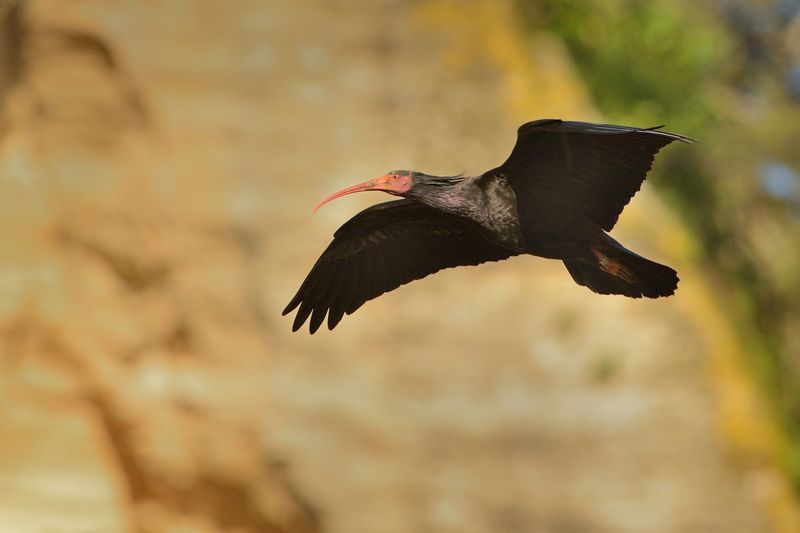
Once widespread across Europe, the northern bald ibis is now one of the most endangered birds. These birds, with their unique appearance, have been revered in ancient cultures and depicted in Egyptian hieroglyphs.
Habitat destruction and hunting have pushed them to the brink of extinction. Did you know they are known to perform spectacular aerial displays? Conservationists are working to reintroduce them in Europe through breeding and habitat restoration. Their return would symbolize hope and resilience in the face of adversity.

